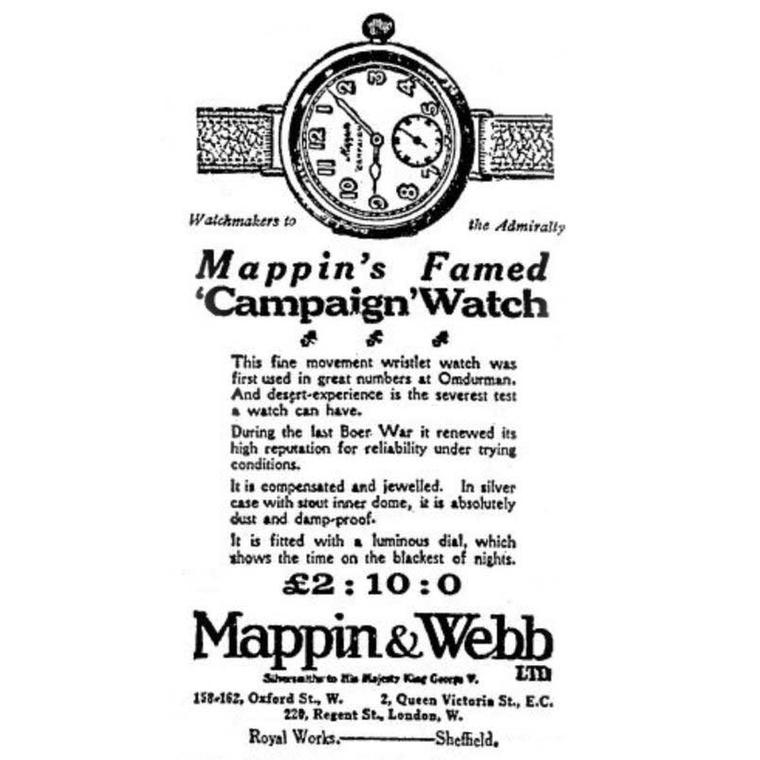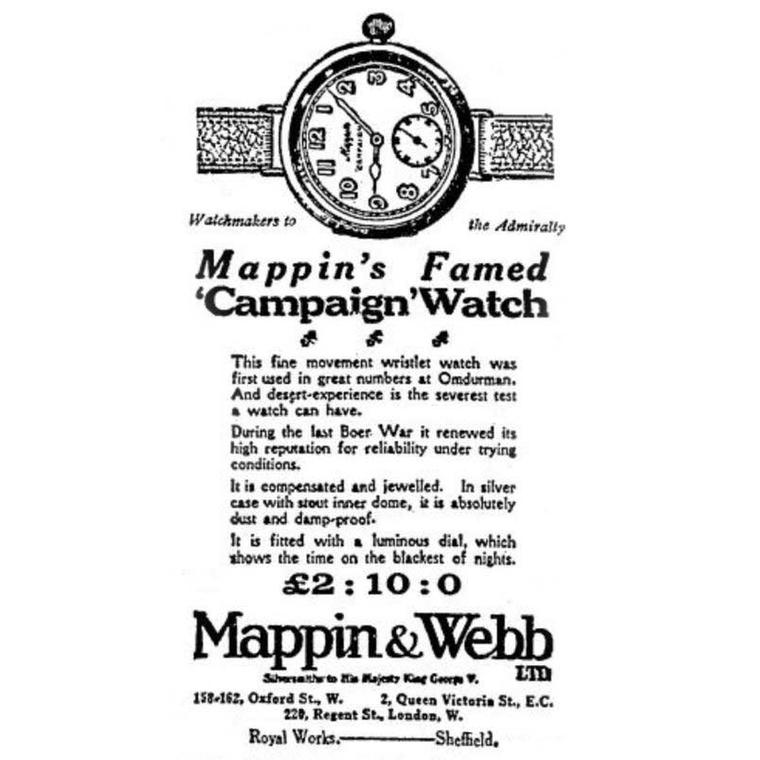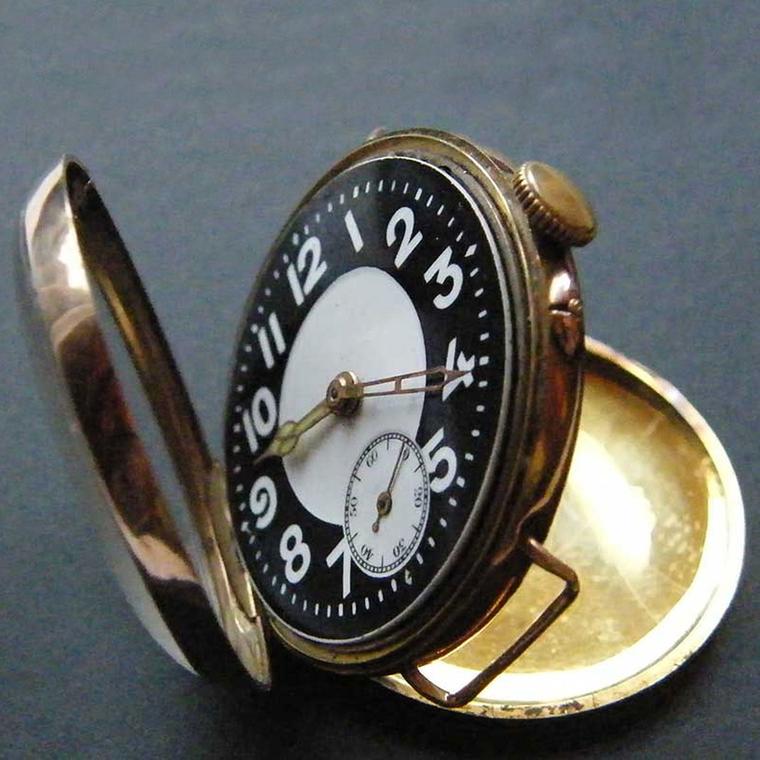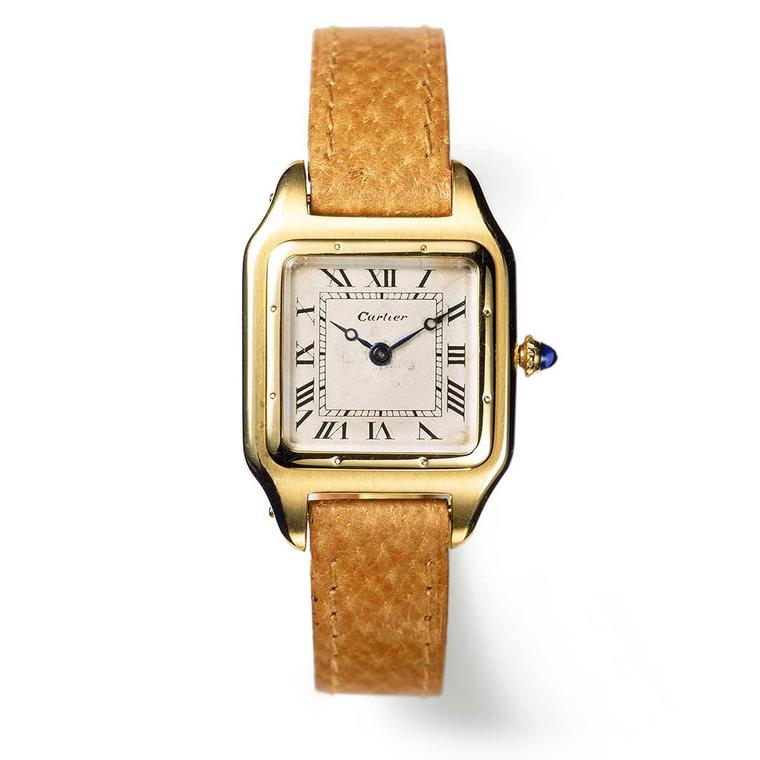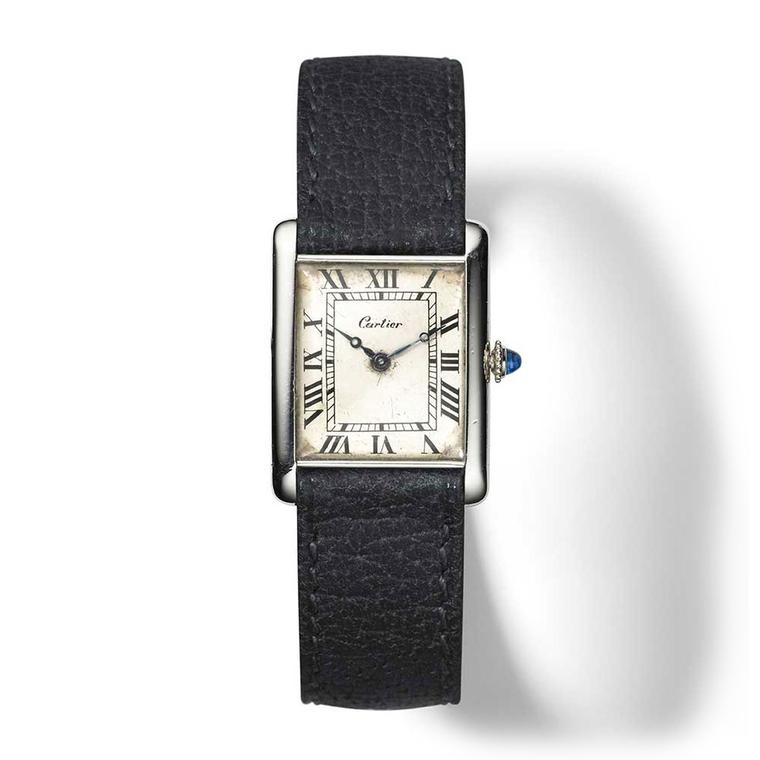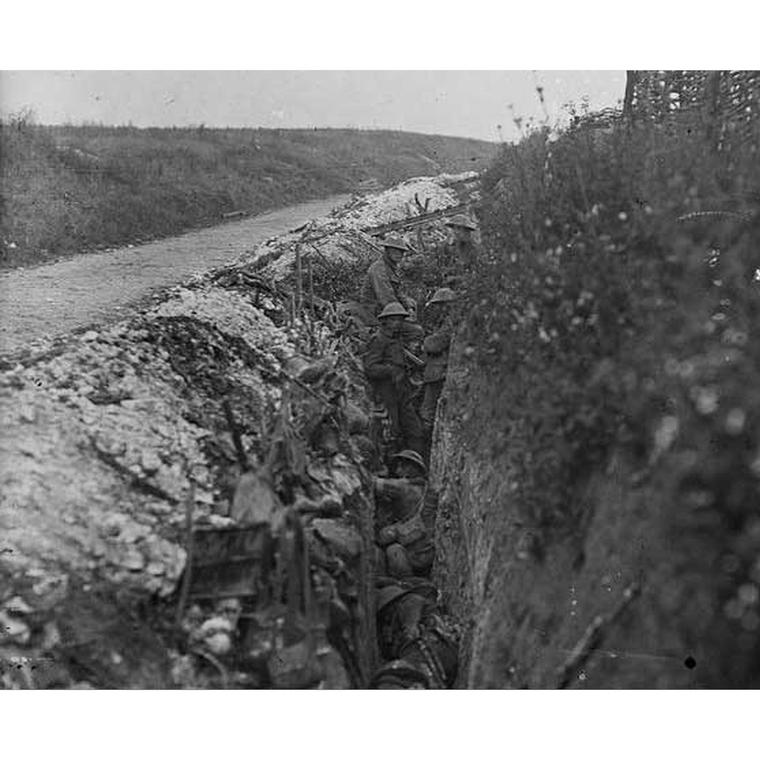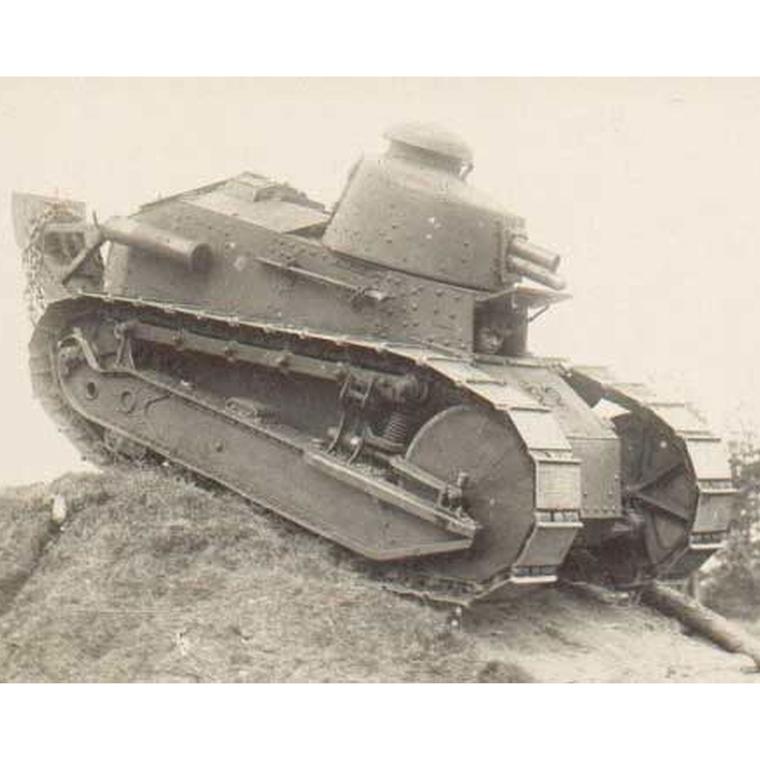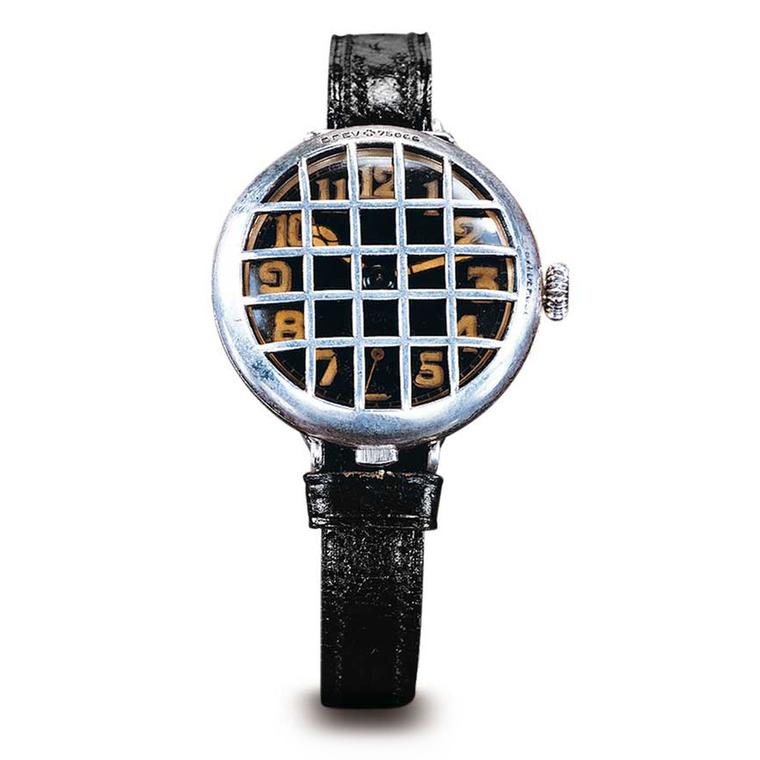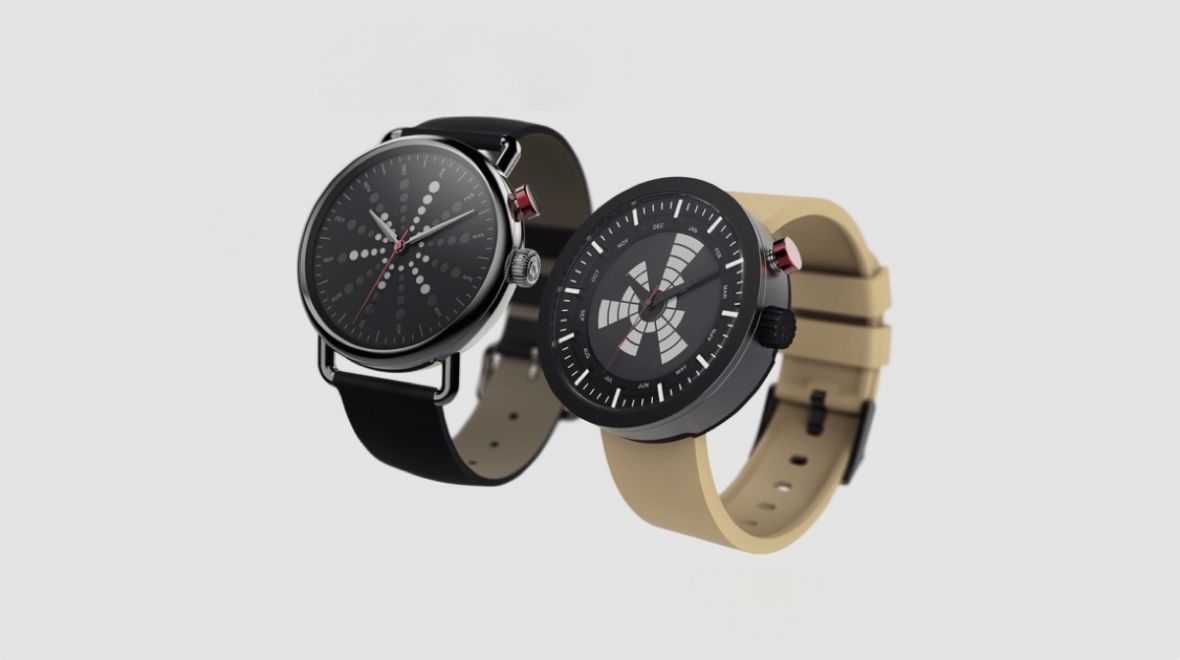The centenary of the Battle of the Somme is a fitting date to examine how the rigours of combat transformed the anatomy of the pocket watch, contributing to its migration from the pocket to the wrist and the birth of military watches.
Long considered effeminate bracelets, the wristwatch was shunned by Alpha males who preferred their larger, more robust pocket watches. However, soldiers returning from the front dramatically changed the status quo of wristwatches, bathing them in a patina of undeniable masculinity and military bravura.
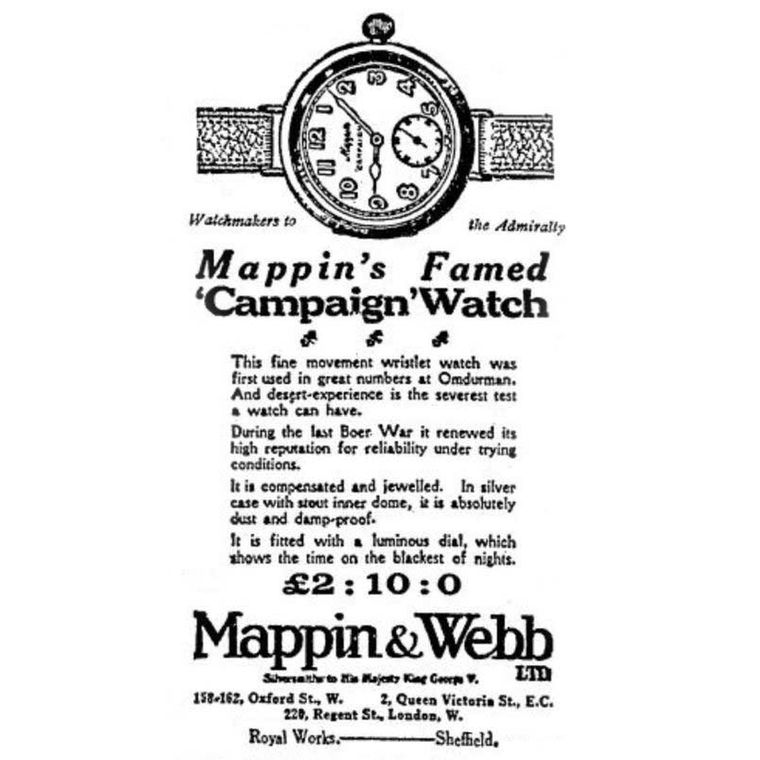
Necessity is indeed the mother of invention. During the Boer Wars of South Africa, it soon became apparent that extracting a pocket watch while mounted on a horse or loading a rifle was not only impractical but very dangerous. Enterprising firms like Mappin & Webb, the reputed British silversmiths, retailed a Campaign watch in 1901 that could be dispatched to the front for an additional shilling. This military watch was in fact an Omega pocket watch fitted into a leather strap that could be attached to the wrist, enabling British officers to synchronise their manoeuvres.
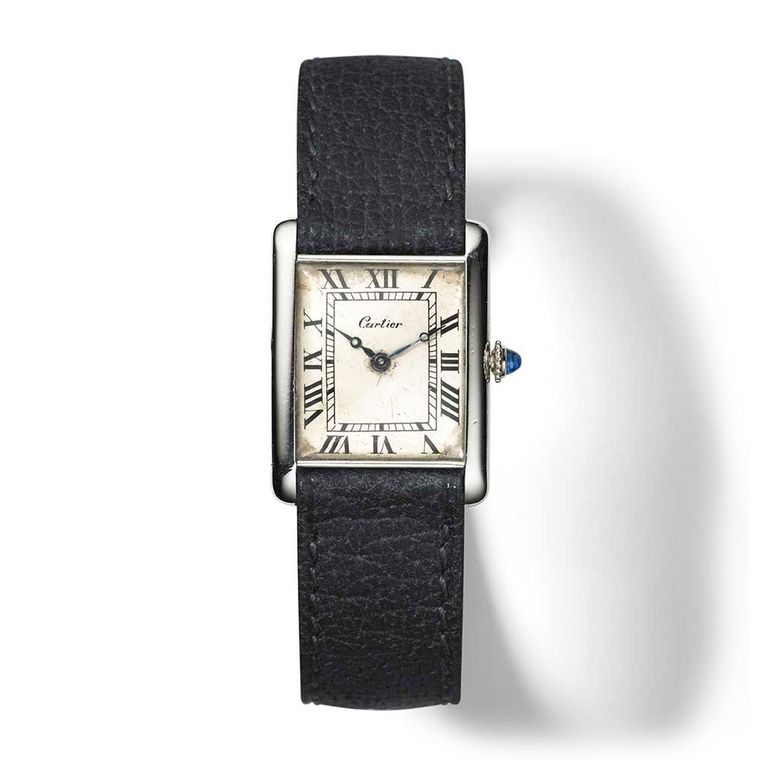
Although not developed for bellicose ends, Louis Cartier is generally acknowledged as the father of the first watch designed specifically to be fastened around the wrist. A request from his Brazilian aviator friend Alberto Santos-Dumont to customise a pocket watch to strap on his wrist in 1904 led to the creation of the rectangular Santos. War also provided an unconventional muse for Cartier when, in 1917, it developed the legendary Tank watch, which was inspired by the shape of the Renault tanks rolling across the Western Front.
Hans Wilsdorf, the German entrepreneur who founded Rolex in London in 1905, had a keen nose for trends and bet his last pounds on the ascendancy of the wristwatch. One misconception that prevailed among men was that smaller movements resulted in less accuracy. Wilsdorf promptly dispelled this by obtaining the world’s first wristwatch chronometer rating and a Class A certificate of precision from Kew Observatory in London, an honour previously reserved for marine chronometers. “I had very early realised the manifold possibilities of the wristlet watch and, feeling sure that they would materialise in time, I resolutely went on my way. Rolex was thus able to get several years ahead of other watch manufacturers who persisted in clinging to the pocket watch as their chief product.”
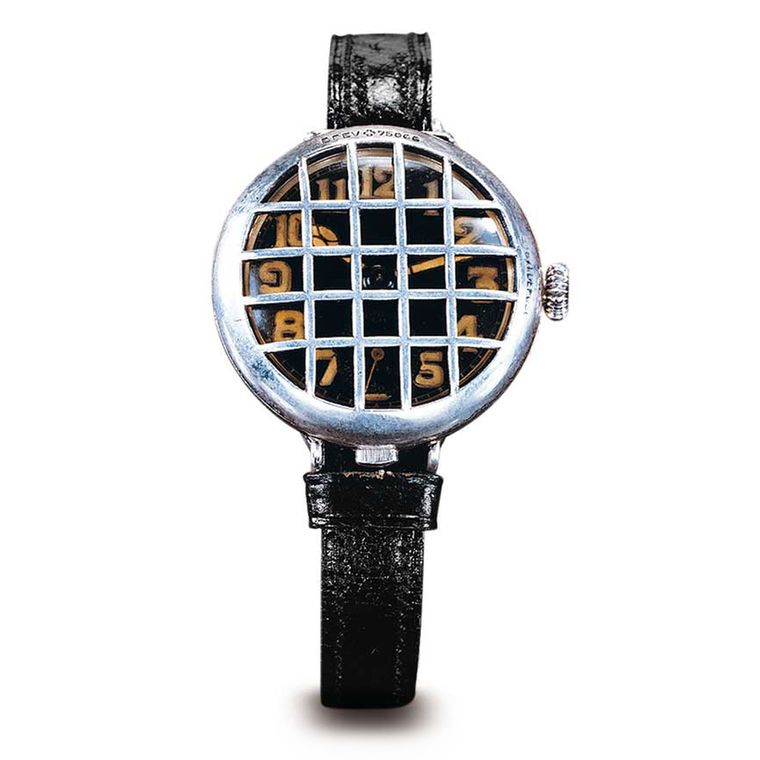
The theatre of the First World War is considered the cradle of men’s wristwatches, shaping their evolution to match the dire straits of trench warfare, where rain, mud and flying shrapnel marked the horrific routines. Resilience, legibility, luminosity and accuracy were to become vital allies on the front, and many models of this period were protected with metal grilles. To make the cases more robust, screwed-down casebacks or totally sealed Borgel cases did their best to protect the movement.
Although pocket watches were official government-issue timepieces, their unsuitability to trench warfare led many officers to purchase their own wristwatches, leading to the name Officer’s or military watches. The 1916 Rolex Silver Officer’s Watch bears the hallmark features of trench watches, with fixed lugs, a large onion winding crown and luminescent numerals with a small seconds counter at six o’clock.
